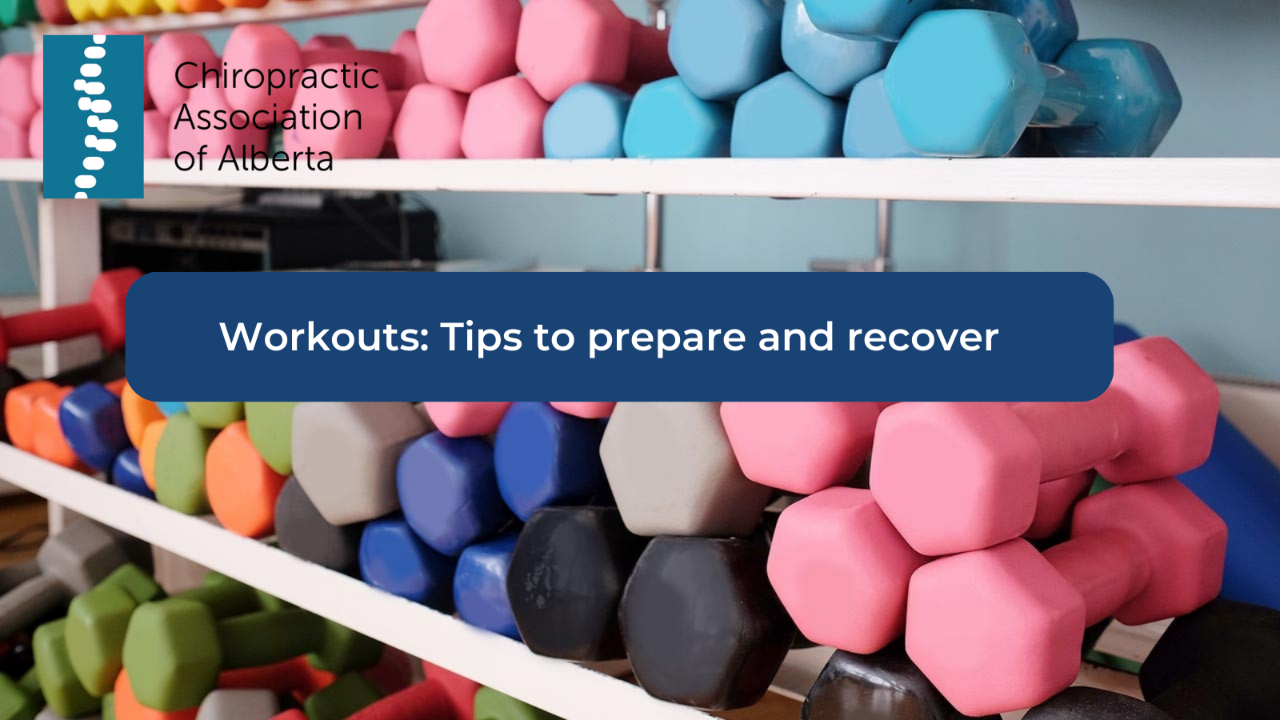
New year, new exercise regimen? Don't forget your warm-ups and cool-downs!
It’s a new year, and that often comes along with a resolution to be more active. Regular exercise is an important part of a healthy lifestyle, and a good warm-up/cool-down is an important part of a healthy exercise regimen.
If you’ve ever rushed into a workout without a proper warm-up and/or cool-down you know there can be consequences. Insufficient warm up and cool down can lead to stiffness the next day or even injuries, including muscle strain, changes in blood pressure, muscle cramping, dizziness and nausea.
“Warm-ups are essential to increase blood flow to the large muscle groups and the heart,” Dr. Patti Andrews, an Edmonton chiropractor.
The gradual increase in blood flow delivers oxygen and nutrients to the tissues allowing them to function optimally at the peak of a workout. Warm-ups also lower blood pressure, reducing the stress to your heart, and help prime the nervous system for exercise.
Warm-up five to ten minutes prior to starting a full workout. The intensity and length of a warm-up should be directly related the intensity of the exercise you are about to do. If the exercise requires high speed, strength and is technically difficult, the warm-up needs to be more intense and longer.
“A general rule of thumb is that when the warm up causes you to break a slight sweat and breathe slightly heavier than normal, you are ready to progress into your workout,” suggests Dr. Andrews.
If you play a sport, a good warm-up is a lighter version of it; for example, swimmers can do light, easy laps; softball players might throw increasingly harder pitches; and runners can walk on a treadmill.
“Cooling down is just as important as warming up,” Dr. Andrews reminds us. “Cool-downs help decrease heart rate and body temperature, remove lactic acid and reduce blood pooling, which can cause dizziness and fainting.” Lactic acid is a waste product of exercise that needs to be removed to reduce muscle cramping and soreness.
A cool-down is best done for five to ten minutes immediately following a workout and can be a lower intensity version of your workout, such as a slow jog or a brisk walk.
Stretching should accompany your warm-up and cool-down, but it should not be the only activity you do prior to or after exercise. Stretches are extremely important to increase range of motion, flexibility and make for stronger muscles.
If you are unsure if your warm-up or cool-down is being done appropriately, ask your chiropractor. Chiropractors are experts in the diagnosis and treatment of conditions of the musculoskeletal system (the body’s bones, muscles, cartilage, tendons, joints and connective tissue. They are also qualified to advise patients on corrective exercises, healthy lifestyle choices, injury prevention and nutrition.

